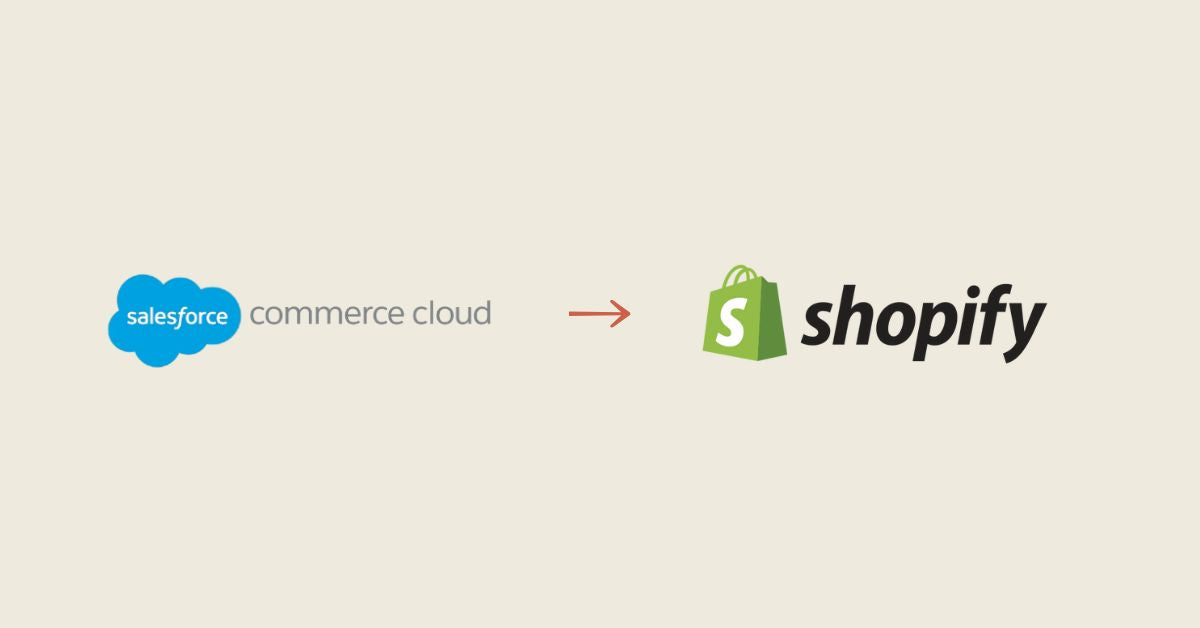Rebranding, whether a total overhaul of the visual identity or a minor adjustment, is a crucial step in the life of a company. However, this process is not limited to creating new logos and color palettes. It also includes communicating these changes to stakeholders, whether employees, customers, partners or the general public.
Effective communication is essential to ensure rebranding success. Poorly managed, it can lead to confusion, resistance and, in some cases, loss of trust from your stakeholders. In this article, we'll explore best practices for communicating a rebrand effectively and strategically.
Involve Your Employees from the Start
Your employees are your brand ambassadors. Their support for the rebranding is crucial. Before announcing anything publicly, be sure to inform your employees about the reasons for the rebranding, the goals and the impact on their work. Hold meetings, workshops, and Q&A sessions to gather their feedback and address their concerns. Well-informed employees will be more likely to support change.
Create a Detailed Communication Plan
Rebranding communication should not be improvised. Develop a detailed communications plan that identifies different stakeholders, communication channels, key messages and deadlines. Make sure each stakeholder group receives relevant information at the right time. Be transparent about the rebranding timeline to avoid confusion.
Adapt Your Messages to Each Group
Each stakeholder group has different interests and needs. Personalize your messages based on your target audience. For example, employees may be more interested in the impact on their work, while customers will be more interested in how the rebranding will improve their experiences. Be empathetic and address the specific questions and concerns of each group.
Create Impactful Visual Aids
Using visual elements such as presentations, videos and infographics can make communication more engaging and memorable. Create visual materials that explain the rebranding process, stakeholder benefits, and key changes. Use images, diagrams and visuals to reinforce your messages.
Show Consistency
Consistency is key in communicating rebranding. Make sure all communication channels, from website to social media to email, reflect the new brand look and messaging. Inconsistencies can cause confusion and weaken the impact of rebranding.
Anticipate Questions and Provide Answers
Be prepared to answer questions and concerns from your stakeholders. Create a list of frequently asked questions and prepare clear and concise answers. Set up a dedicated rebranding customer support system to handle requests quickly and efficiently.
Get Feedback and Adjust
Rebranding is an evolving process. After communicating the changes, collect feedback from your stakeholders. Listen to their feedback and identify areas where adjustments are needed. Be open to feedback and willing to make changes if it improves acceptance of the rebranding.
In conclusion, effective communication during a rebranding is an essential element to ensure the success of this transition. Involve your employees, develop a detailed plan, personalize your messages, use visual supports, be consistent, anticipate questions and stay open to feedback. By following these best practices, you can ensure a smooth transition and positive acceptance of your new brand identity.
FAQs
1. Why is communication during rebranding so important?
Effective communication during a rebrand is essential because it helps explain changes to all stakeholders, reduces confusion, generates positive support, and minimizes resistance to change.
2. How to involve employees in communicating the rebranding?
Involve employees by informing them early in the process, holding meetings to address their questions and concerns, and consulting with them on certain aspects of the rebranding.
3. What are the benefits of personalized communication for each stakeholder group?
Personalizing messages helps meet the specific interests and needs of each group, increasing buy-in and understanding of the rebranding.
4. How to maintain consistency in rebranding communication?
Make sure all communication channels reflect the new look and brand messaging. Establish clear guidelines and ensure that all team members follow these guidelines.
5. How to anticipate stakeholder questions?
Create a list of frequently asked questions and prepare detailed answers. Also provide a way for stakeholders to ask additional questions and receive answers quickly.
6. Why is it important to collect feedback after the rebranding communication?
Collecting feedback helps identify strengths and weaknesses in communication, adjust messages if necessary, and show stakeholders that their opinions are taken into account.

















